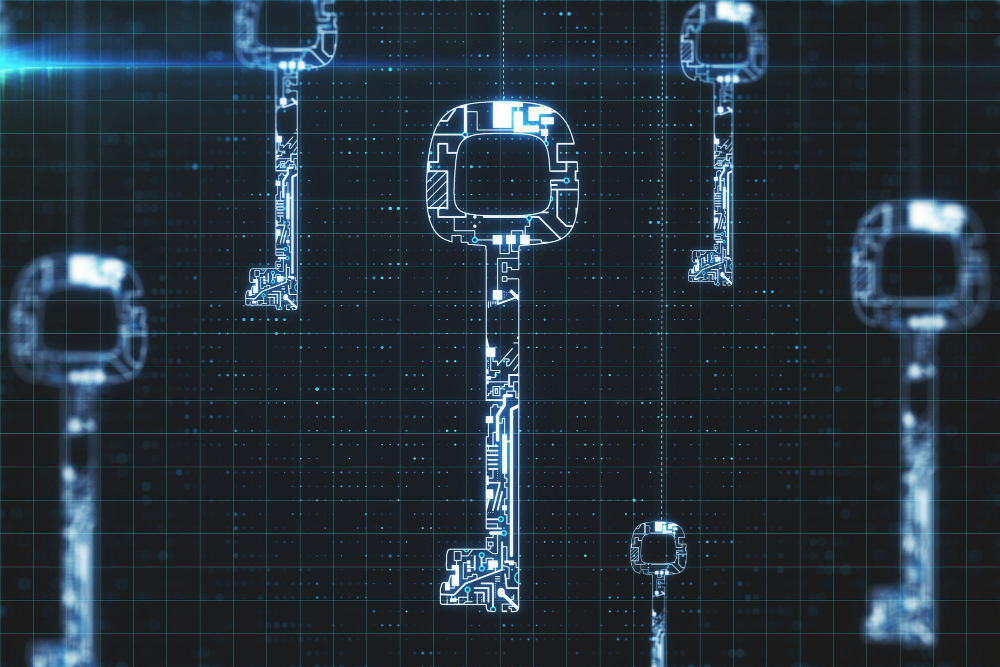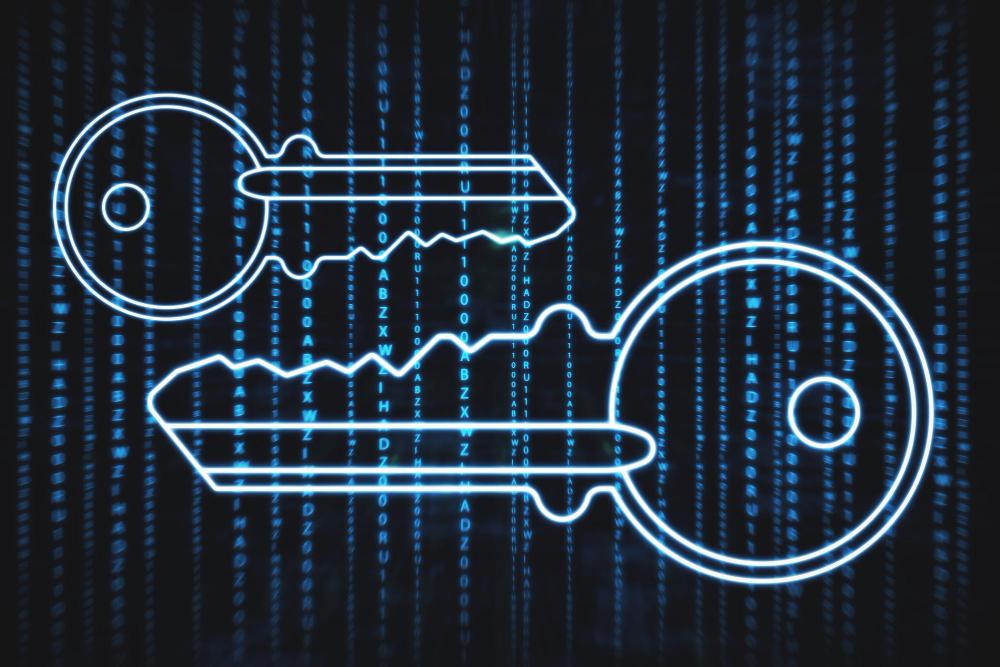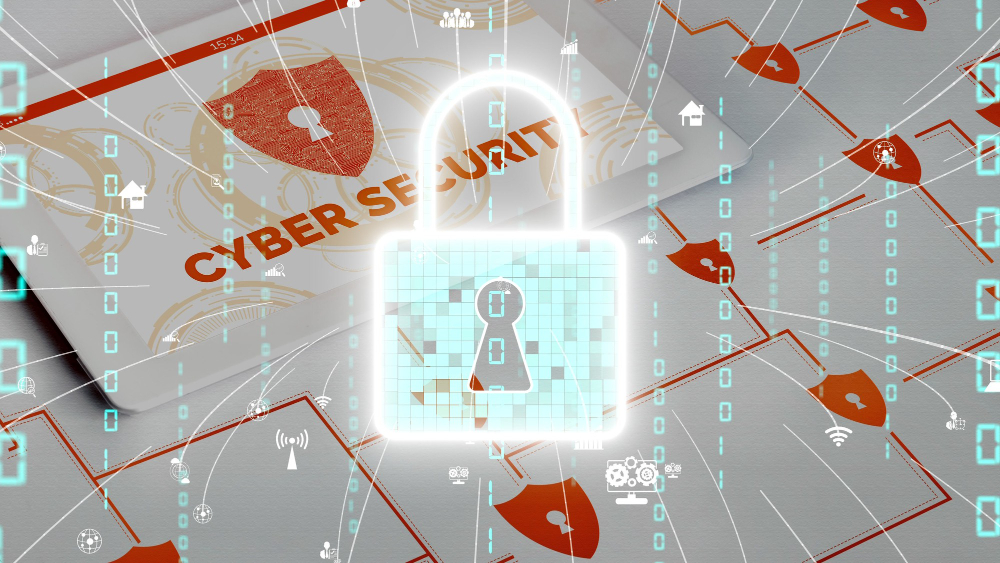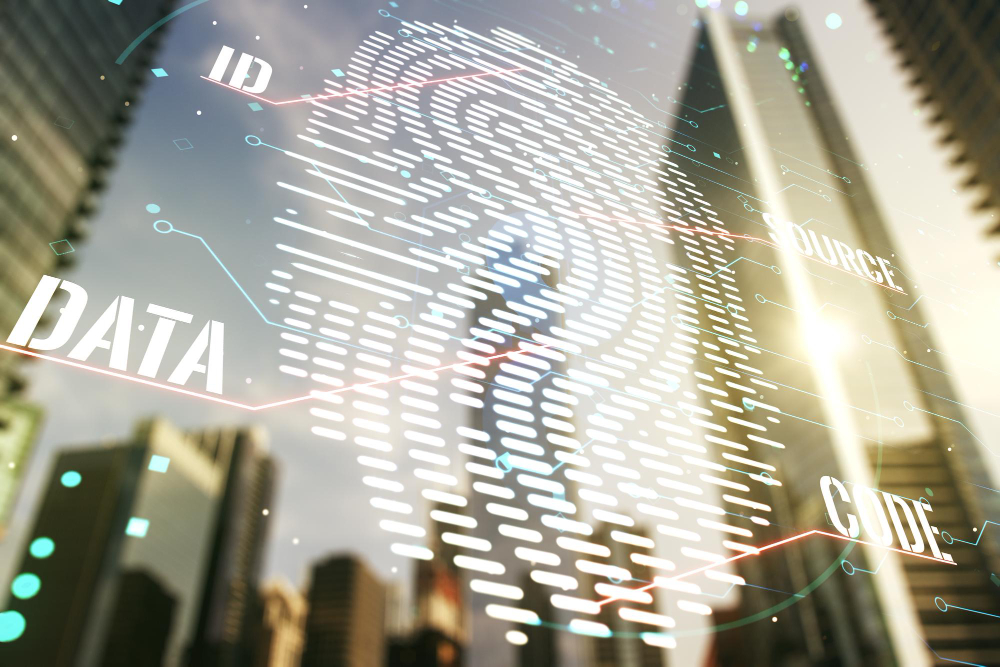Asymmetric encryption, or public key cryptography, is a core component of modern cryptography. Last time, we covered symmetric encryption, but how does asymmetric encryption work differently?
Using a key pair—public and private keys—ensures that the intended recipient can decrypt the data, enhancing security without requiring both parties to share the same key.
So, how do these public and private keys work together to secure data?
Continue reading to explore how asymmetric encryption protects secure communication!
What is Asymmetric Encryption?

Asymmetric encryption is an encryption type that uses two different keys: a public key for data encryption and a private key for decryption.
This method ensures secure communication between a sender and a recipient, usually in blockchain settings.
This encryption uses a key pair. The public key can encrypt the data, but only the private key can decrypt it.
This encryption is widely used in SSL certificates, TLS, and other secure systems to protect sensitive information.
How Does Asymmetric Cryptography Work?

Here’s the step-by-step breakdown of how asymmetric cryptography works:
- A pair of keys is created—one public key and one private key.
- The public key is shared with anybody who wants to send a secure message, while the recipient keeps the private key secret.
- The sender uses the recipient’s public key to encrypt the message or data.
- The encrypted data is sent to the recipient, ensuring it remains secure during transmission.
- Upon receiving the message, the recipient uses their private key to decrypt the data.
- This process will reverse when a message is replied to by the recipient.
This process ensures that only the recipient, who holds the private key, can access the original message. Additionally, it is highly effective for protecting sensitive information as it relies on complex mathematical operations.
Advantages of Asymmetric Encryption

Here are several advantages of asymmetric encryption:
Authentication
This encryption ensures that the sender’s identity is verified. With distinct keys for encryption and decryption, the recipient can confidently trust that the data came from the intended source.
The result? There is a strong additional layer of authentication.
Enhanced Security
Security is strengthened since only one key can decrypt the data, even though the encryption key is publicly available. This setup ensures that sensitive information remains protected from unauthorized access.
Non-repudiation
With asymmetric encryption, the sender cannot deny sending a message. The unique encryption process tied to the sender proves their involvement, which is important in secure communications and legal matters.
Key Distribution
The distribution process is easier because only one key needs to be shared openly. There’s no need to send sensitive information. As a result, it reduces the risks typically associated with key exchange.
Versatility
This widely adaptable encryption is used in applications like SSL certificates, online bank transactions, e-commerce, secure emails, and online verification.
Its flexibility makes it suitable for many real-world scenarios, from securing websites to digital signatures.
Common Asymmetric Encryption Algorithms

The three most commonly used asymmetric encryption are ECC, RSA, and DSA. What are they? Let’s take a closer look!
Elliptic Curve Cryptography (ECC)
Elliptic Curve Cryptography (ECC) leverages the mathematical properties of elliptic curves in finite fields to generate encryption keys.
ECC is known for its efficiency. It provides the same level of security as other algorithms, like RSA, but with much smaller key sizes.
Its key features include faster computation and reduced resource requirements, making it ideal for devices like smartphone applications and IoT systems.
Rivest-Shamir-Adleman (RSA)
Rivest-Shamir-Adleman (RSA) is a popular asymmetric encryption algorithm that depends on the difficulty of factoring massive numbers to secure data. It has been widely used since the 1970s in public key encryption, securing online transactions, and digital communications.
RSA can perform both encrypt and decrypt operations and create digital signatures.
However, RSA requires larger key sizes than ECC to maintain security, which results in slower performance and higher computational costs, especially for modern web applications.
Digital Signature Algorithm (DSA)
The Digital Signature Algorithm (DSA) is a widely used standard for creating digital signatures, ensuring the authenticity and integrity of messages.
It works by generating a unique signature for a message, allowing the recipient to verify that it hasn’t been tampered with.
Key features of DSA include secure authentication without exposing the private key and its primary use in digital certificates and web authentication.
DSA is focused on generating signatures rather than encryption, making it effective for validating the origin and integrity of digital communications.
Frequently Asked Questions
What is the difference between asymmetric and symmetric encryption?
Asymmetric encryption uses two keys, while symmetric encryption uses one shared key for encryption and decryption.
Why is asymmetric encryption better?
Asymmetric encryption offers better security by using two separate keys, reducing the risk of key compromise.
Can asymmetric encryption be decrypted?
Yes, data that is encrypted using a public key can be decrypted only with the relevant private key.
Conclusion
To conclude, asymmetric encryption offers a powerful and secure method for protecting sensitive data. Its public and private key system ensures that only authorized recipients can access encrypted information.
Due to its high level of security and efficiency, this encryption method is widely used in secure communications, digital signatures, and web authentication.
If you’re looking to enhance your cybersecurity measures, contact Fluxgate today to have our cybersecurity experts help you strengthen security protection.
